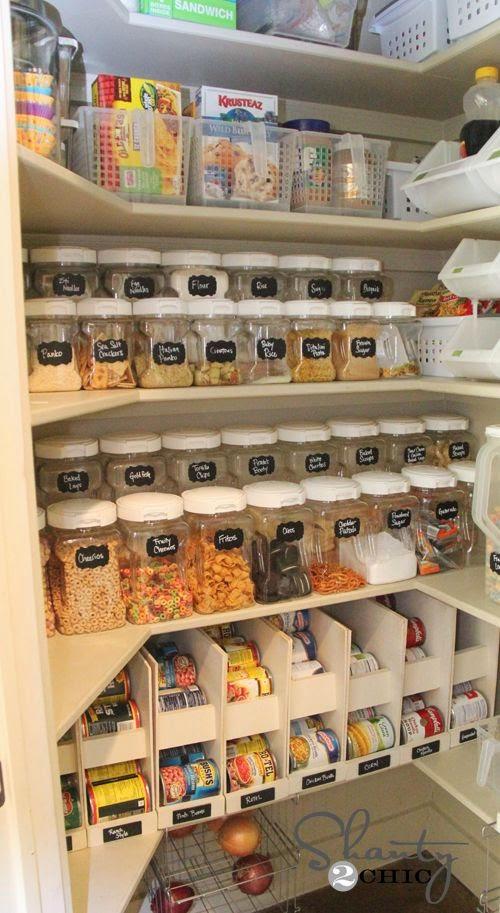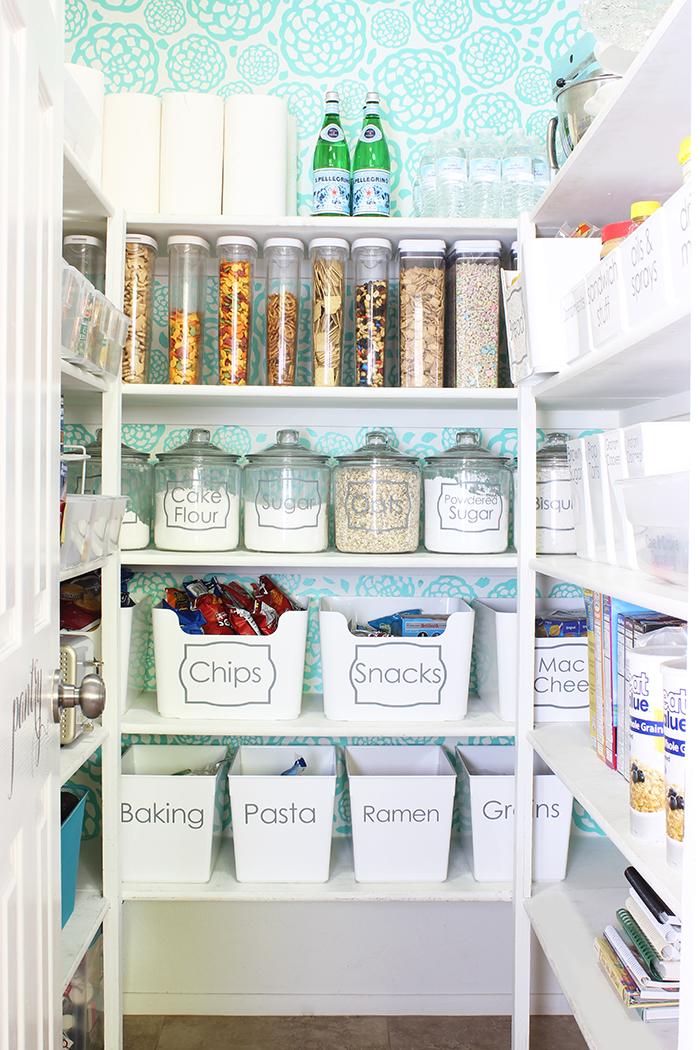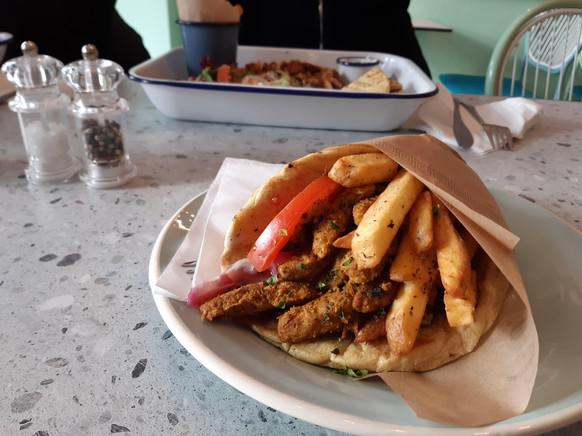
A little excursion into history - the change in the pantry in Germany
It is interesting to take a look at the changing eating habits of people in Germany. For example, potatoes used to be a very important part of the weekly nutrition plan, but today they actually play only a minor role as a side dish. You can see that very well if you compare the food consumed per capita in the years 1900 compared to 2019. At that time, people ate an average of 271 kilograms of potatoes a year, but today it is only around 57 kilograms and thus only around a fifth of the original amount. Bread consumption also declined significantly during this period. Other foods such as dairy products, eggs, fruit, meat or fats and oils, on the other hand, are consumed significantly more today. This means a change in the type of food that we find in German pantries and thus also changed requirements for a good pantry. While it was sufficient for storing potatoes that the pantry had to be dark and cool, dairy products today often need a refrigerator so that they remain edible for as long as possible.
Due to changing needs, the furnishing of the pantry has also changed
For precisely this reason, a well-equipped pantry should ideally include not only a suitable shelving system but also a small refrigerator, possibly with an integrated freezer compartment. Multi-purpose cupboards are also incredibly practical, as they can be used in a variety of ways and blend in with any household. Because these cupboards are now available in a wide variety of designs, but always with a lot of storage space. You can store all your groceries easily and conveniently in one room and you can only use your fridge in the kitchen for current groceries such as open milk, drinks, cold cuts or the like. A potato crate, on the other hand, is no longer necessary in the same size as it is was still in the pantry in the basement when my grandmother used to be. The cupboards and shelving systems are particularly important for this today, as they often have to carry a large number of cans and glasses in addition to flour, pasta, rice and similar dry foods. Because the 87.8 kilograms of fruit consumption per capita per year is by far not only achieved with fresh fruit. The same applies to the average 96.4 kilograms of vegetables and lettuce. Families and single households today tend to use canned or frozen vegetables and prepare them comparatively quickly. This has the advantage that the food (whether it is frozen or in a can or jar) does not spoil so quickly. On the other hand, these foods are usually already pre-treated. This makes processing faster - the fruit, for example, is already peeled and cored. Especially in our rather hectic times, this time saving compared to processing fresh products is very important for many consumers. Another factor that should not be ignored when setting up a pantry is the fact that more and more people are working on one or more suffer from food intolerance. If, for example, a family member suffers from wheat intolerance, the pantry not only has to offer enough space for appropriate alternatives. You also need to be able to set up the chamber so that the alternative products are stored away from the wheat products - so that there is no mix-up.


A few tips on how to organize your pantry properly
You have now set up your pantry. You have one or more multipurpose cabinets, a wall side with shelving systems and a fridge freezer in your pantry. Now it's time to sort your food supplies into the chamber. There are a few things that you should definitely keep in mind.
Tip 1: Rough sorting of groceries In principle, heavy groceries such as beverage crates, large, heavy food packaging, etc. should be stored as far down on the shelves as possible or even on the floor. Otherwise, the shelf construction could become unsafe and wobbly. Even in a cupboard, filling with things that are too heavy in the top area can cause it to tip over.
Tip 2: Sort the groceries clearlyIt is important that you can always see which groceries you have in your pantry. This is not always easy, especially with smaller packaging such as sauces. It is best to store such food in a shoe box and arrange it in such a way that the label with the inscription is facing up. This way you can see at first glance which sauces you might soon run out of. In general, it is important to have a good overview of the food stored in your pantry. This works best if you take 10 minutes every 2-3 days to organize your pantry. That way there is no risk of clutter arising. Because especially in a messy pantry, it can quickly happen that you overlook the food that is already there and then simply buy it again because you no longer know that you still have some of it in stock. In the case of foods such as flour or dry yeast, this is not a problem at first. In the case of perishable foods that do not have a long shelf life, on the other hand, this can quickly lead to the food being spoiled before you have "found" it again. A well-stocked pantry not only saves you money - you also do something about the masses of food waste that accumulate in Germany every year. According to the Federal Ministry of Food and Agriculture, most of the food that is thrown away in Germany every year is thrown away in private households.
Tip 3: Sort the food according to the use-by date Another way to prevent food from expiring and spoiling is to sort food according to the FIFO (first in, first out) principle. This ensures that you use the packaging that is most likely to spoil first.
Tip 4: Use bread containers and a potato crate to store your groceries optimallyIt's no secret that bread doesn't belong in the fridge. But even without storing the bread too cool, you can make a few mistakes when storing the staple food. It is best to store your bread in bread containers specially developed for this purpose - this usually keeps it fresh for the longest time.
Tip 5: Hang a simple blackboard with chalk or a pen on the door Whether you want to use a classic blackboard or a whiteboard with a pen is certainly a matter of taste. With a chalkboard like this right in your pantry, you have a chance to jot down things you've run out of immediately. Then when you make the next shopping list, you only have to read off your board what you have run out of in the last few days and you can refill your pantry directly. That way, you don't run the risk of noticing that you've run out of an important foodstuff and are suddenly without sugar, flour or eggs at the weekend.
Conclusion: A well-equipped pantry is the perfect basis for a healthy and well-organized nutrition plan
With a well-equipped and stocked pantry, you can easily design and implement your and your family's meal plan for the week. It's not that difficult to keep things in order. Setting up and filling the pantry for the first time is really time-consuming.







